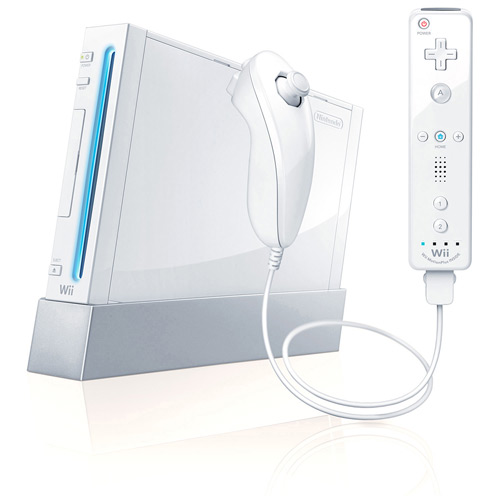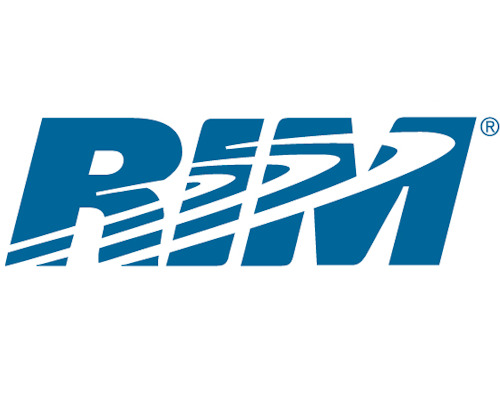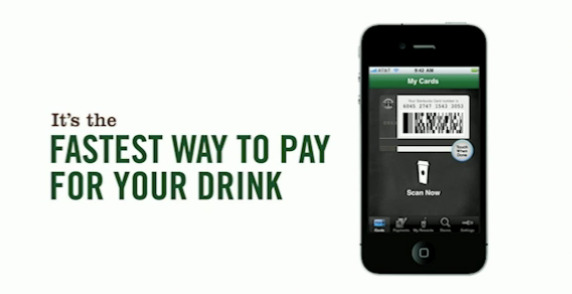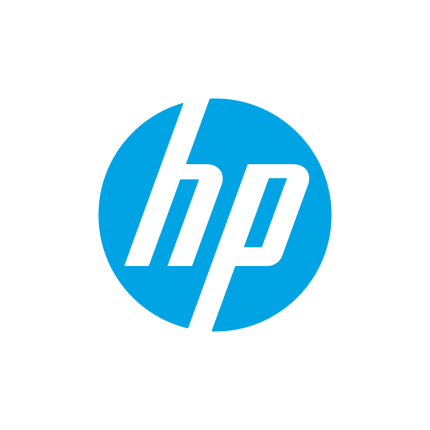Nintendo was founded in Kyoto, Japan, in 1889 under the name of Nintendo Koppai by Fusajiro Yamauchi. They made decks of playing cards, known as Hanafuda, in Japan. The cards were made by hand originally and became very popular. As demand soared, Yamauchi hired assistants to mass-produce his cards and he opened up a second shop in Osaka. Nintendo took off as one of the largest card makers in the world and maintained that status until the 1950’s. In 1963, Nintendo Playing Card Co. became, simply, Nintendo Co. Hiroshi Yamauchi, unimpressed with the limitations of the playing card industry, began to seek out other ventures. Their line of Disney themed cards had given the company a large cash injection, and risks could be taken. In the short period between 1963 and 1968, Nintendo opened and shut down unsuccessful ventures ranging from love hotels to taxi services to a TV network. Continue reading
Business Analysis Case
Case Study: Reasons Behind the Collapse of Research in Motion (RIM)
Jim Balsillie and Mike Lazaridis are running Research in Motion (RIM) as co-CEOs since 1993 successfully until 2011 and the company had been through a turbulent year. Analysts and investors believe that co-CEOs are ruining the company. Lazaridis takes care of the technical side (Engineering & R&D) and Balsillie is responsible for the Finance, sales and marketing. Lazardis built Blackberry, a device which was a new type of wireless handheld solution for companies and it created an uncontested market space with in the enterprise segment and companies saved time and money because employees can access email almost from any place at any time without having to go back to the office. Balsille sold the device successfully to Companies and Governments and created an uncontested market space with in the enterprise segment, reaching beyond existing demand to unlock a new mass of customers (B2B) that did not exist before and aggressively Continue reading
Case Study: Success of Amazon’s Kindle Fire
In 2007 Amazon introduced the first Kindle e-reader for $359, their first foray into selling a tangible product under their own brand. The media quickly named the product an e-reader, a limited use mobile device designed for downloading and storing content from online. Perpetuating a successful, yet deceptively simple business model, the Kindle e-reader made “online [book] shopping so easy and convenient,” customers could browse, download and read books, magazines and newspaper content, at the click of a button on the Kindle. The e-reader market perked up as Amazon offered an affordable price point of $9.99 for book downloads and blended it with an easy to read e-ink, glare free device along with a simple user interface and operating system. Kindle’s launch success became the catalyst that opened up the e-reader market for big box book retailers, Barnes and Noble and Borders bookstores who shortly followed with introductions of their Continue reading
Case Study: Success of Starbucks Mobile Payment Application
Starbucks redefined highly competitive coffee shop business and successfully created an uncontested market by turning the simple coffee drinking experience into a way of life experience by drastically redefining the coffee shop environment by adding music, Wi-Fi, relaxed seating and luxurious interiors. Till Starbucks disrupted the traditional coffee shop market most of the focus was on the price, location and quality of coffee shops. Starbucks innovative value proposition includes wide variety of mostly coffee based menu along with other types of drinks that catered to wide range of audience who are willing to pay top buck for the luxurious and relaxed interiors that are perfect environment for socializing with friends and relax. Another important aspect that Starbucks focused was on the quality of customer service with an exclusive aim of maximum customer delight and they meticulously recruited and trained the best talent in the industry that has added huge value Continue reading
Ansoff Matrix Analysis of British Petroleum (BP)
British Petroleum (BP) Oil Company is the leading supplier and trader of energy on an international context. The company contributes to a critical role in making sure that the complex supply chain of energy operates in a manner that is efficient as well as effective over the whole world. In the recent past, the company has strived to bring together the supply, optimization of the products that flow in and also out of the assets of the company, and the activities associated with risk management in to one single function. This entails the supply as well as the trading activities that encompass the crude oil together with the oil products, the natural gas, chemicals, power, finance as well as shipping thus creating a clear distinction between the company and its competitors in consideration of the structure as well as the scale of the organization. The application of Ansoff Growth matrix Continue reading
Porter’s Five Forces Analysis of Hewlett Packard (HP)
Hewlett-Packard is categorized in the Diversified Computer Systems industry of the Technology sector. Within the Computer Systems industry Hewlett-Packard has many high profile competitors such as: Canon, Dell, IBM, Apple, and Cisco Systems. The Computer Systems industry contains a large range of products including but not limited to: desktop computers, personal notebooks, printers, scanners, cameras, and different software programs. Most companies, such as Dell, Apple or Gateway, tend to be limited to a small product range. Compared to other industry competitors, Hewlett-Packard has a wide variety of consumer products. This gives HP a competitive advantage in the consumer market due to their brand name coverage in the technology industry. Hewlett-Packard offers desktops, notebooks, handhelds (pocket PC’s), monitors, home networking, televisions, digital photography, printers and printing supplies. Hewlett-Packard does not specialize in just one product line. With new technology innovations, some of their previously lesser known lines have grown to be Continue reading





